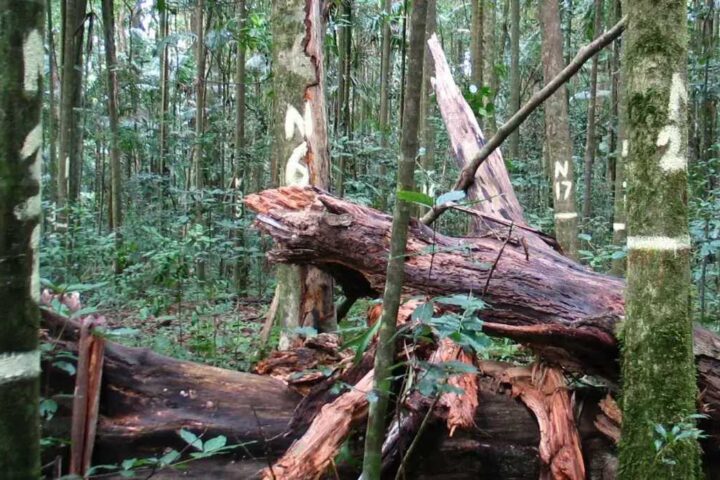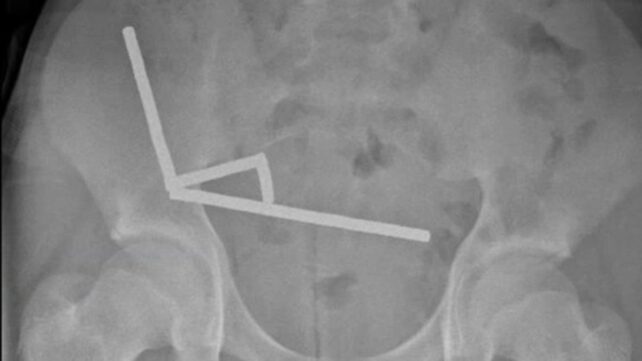
Bureau of Meteorology weather radar at Berrimah, Northern Territory — the critical infrastructure that powers Australia’s national weather forecasts. The radar network underpins the data that flows through the redesigned website, with new backend systems representing the majority of project costs.
Revealing the Hidden Costs Behind Australia’s Bureau of Meteorology Website Redesign
On 22 October 2025, the Bureau of Meteorology launched its redesigned website, the first major overhaul in over a decade. The public interface redesign was officially valued at A$4.1 million. However, government tender documents and subsequent official confirmations reveal a substantially larger financial picture. The total cost for the website and its supporting systems reached approximately A$86 million—a figure that remained largely hidden from public view until media investigations uncovered the extent of backend infrastructure expenses.
What Triggered the Backlash
Users immediately encountered difficulties with the new interface. The redesigned radar displayed information in an unfamiliar colour scheme, and critical weather data became harder to locate. This was particularly problematic as the launch coincided with severe weather events affecting Queensland and Victoria. Farmers, emergency services, and everyday Australians reported struggling to access detailed weather information during critical periods. The backlash intensified on social media, prompting rapid government and media attention within days of the launch.
Environment Minister Murray Watt responded by meeting with BOM’s acting CEO, expressing that the website was “not meeting many users’ expectations” and requesting immediate improvements to functionality and usability.
The True Cost Breakdown
Click on each component to explore the financial details
Project Timeline
Contract Values: Original vs. Final
How major contracts grew during development
| Contractor | Work Scope | Original Value | Final Value | Increase |
|---|---|---|---|---|
| Accenture Australia | Content Management System (CMS), digital infrastructure, software development | A$31.3M | A$78M | +A$46.7M (+149%) |
| Deloitte | Additional development, system integration, technology implementation | A$11M | A$35M | +A$24M (+218%) |
| Bureau Internal | Public-facing interface redesign, user experience improvements | A$4.1M | — | |

Complex digital infrastructure and data integration systems form the hidden backbone of modern weather services—representing the majority of the Bureau’s website project investment.
The Broader Context: The Robust Program
The website redesign did not occur in isolation. It was part of a much larger IT transformation initiative called “Robust,” which ran for seven years at a total cost of A$866 million. This program was funded by the federal government in response to significant security and operational challenges the Bureau faced.
In 2015 and 2016, the Bureau of Meteorology experienced a serious cyber intrusion and major service outages. An official report confirmed that foreign intelligence services had installed malware on Bureau systems to steal sensitive documents and compromise other government networks. These incidents exposed serious vulnerabilities in the Bureau’s technology infrastructure and prompted a comprehensive seven-year modernisation effort.
Key facts about Robust: Received funding in federal budgets for 2017–18, 2018–19, and 2020–21. At program closure on 30 June 2024, total expenditure reached A$866 million. The program delivered new IT infrastructure and data centres, improved cyber and physical security capabilities, a new supercomputer for backup and disaster recovery, major radar and observing system upgrades, and a new website. Approximately 10% of the Robust program investment (roughly A$86 million) was connected to the website and its supporting systems.
What This Reveals About Government IT Projects
The Bureau initially presented the website redesign as a A$4.1 million project focused on modernising the public interface. This figure was accurate but incomplete. The far larger expenditure on backend content management systems, digital infrastructure, security controls, and data integration work remained largely undisclosed until media investigations cross-referenced government tender documents with official Bureau confirmations.
The cost increases experienced by both the Accenture and Deloitte contracts—growing from A$31.3 million to A$78 million, and from A$11 million to A$35 million respectively—reflect common patterns in large IT infrastructure projects. The Bureau attributes these increases to infrastructure delays, environment availability challenges, and additional work requested during execution rather than poor vendor performance. No penalty clauses were applied, as the Bureau determined vendor performance remained consistent with contract terms.
The timing of the website launch proved problematic, coinciding with severe weather events when users relied most heavily on clear, accessible weather information. The initial backlash over interface design overshadowed the broader question of whether the A$86 million investment delivered proportional improvements in reliability, security, and user experience. The Bureau has committed to ongoing adjustments based on community feedback, with changes described as being “in the pipeline” following the rollout.


















